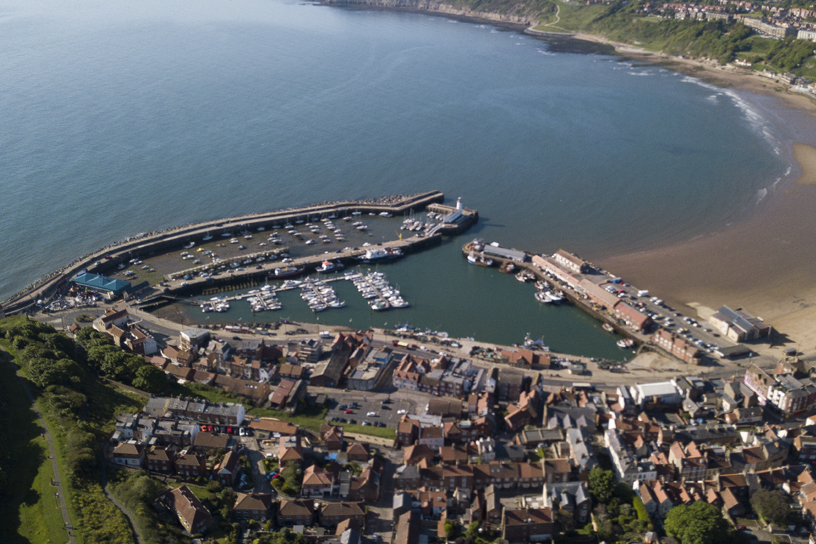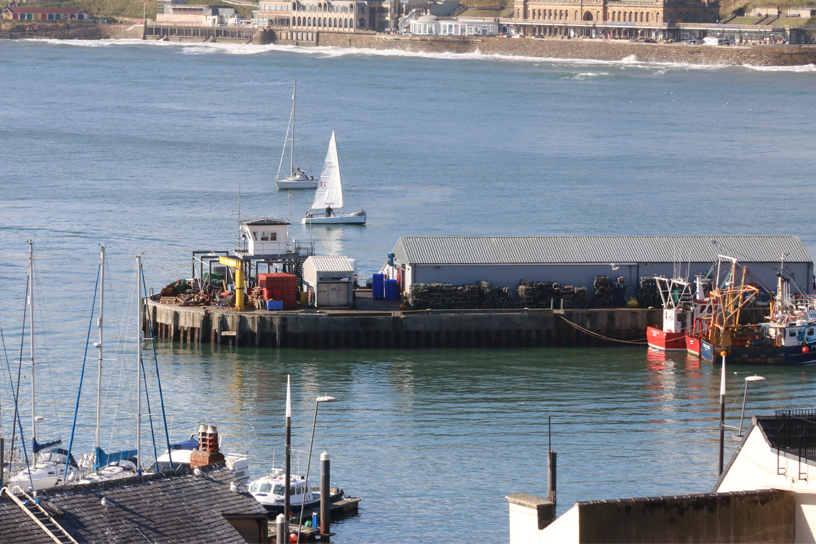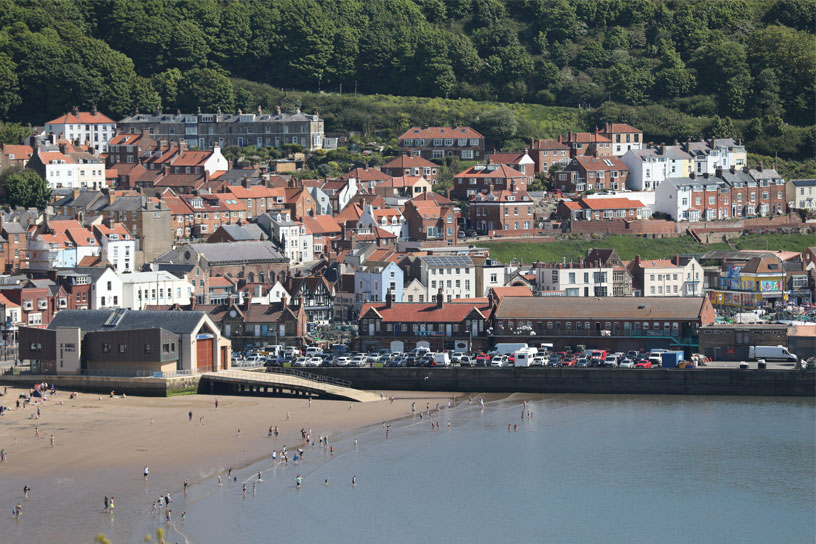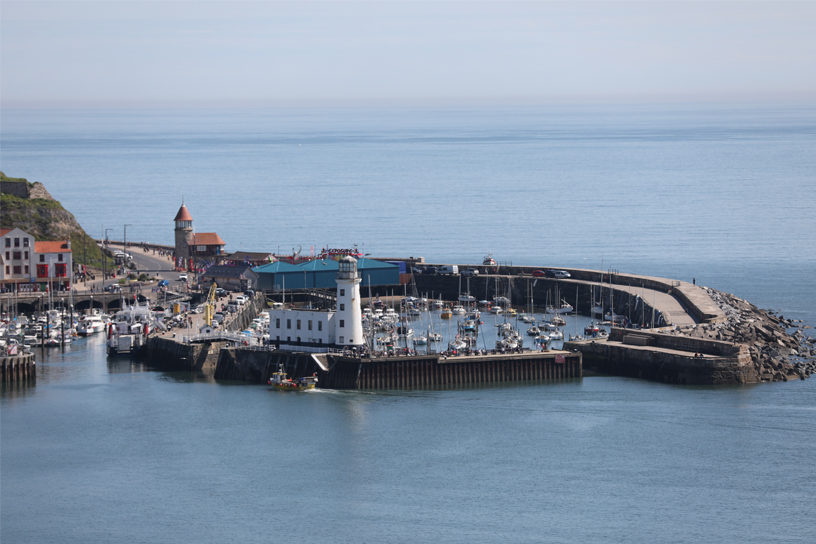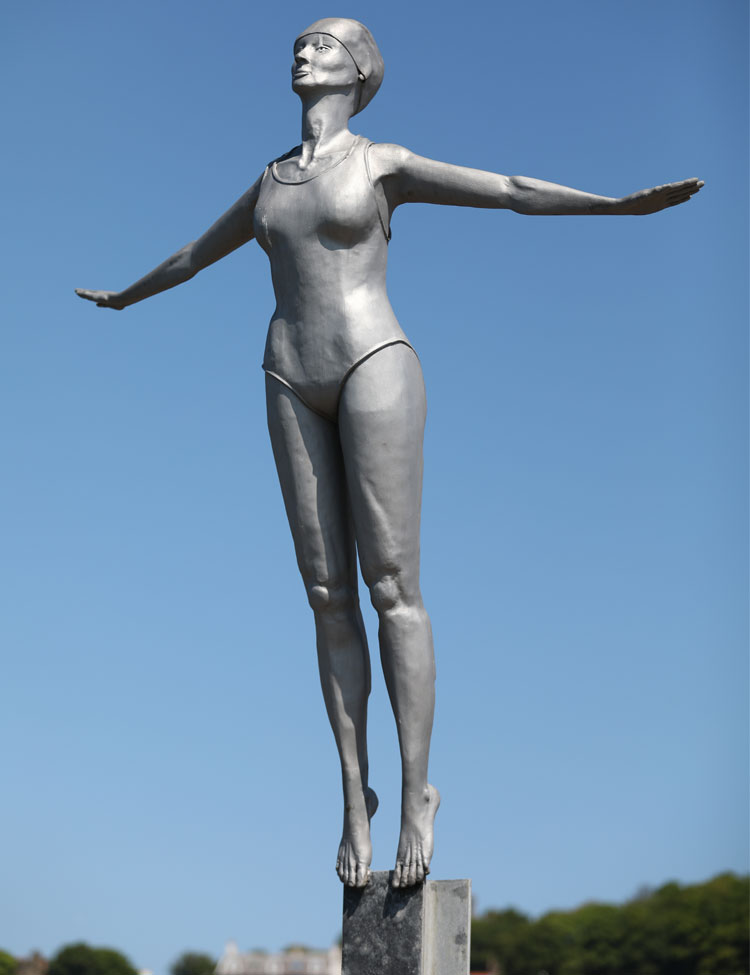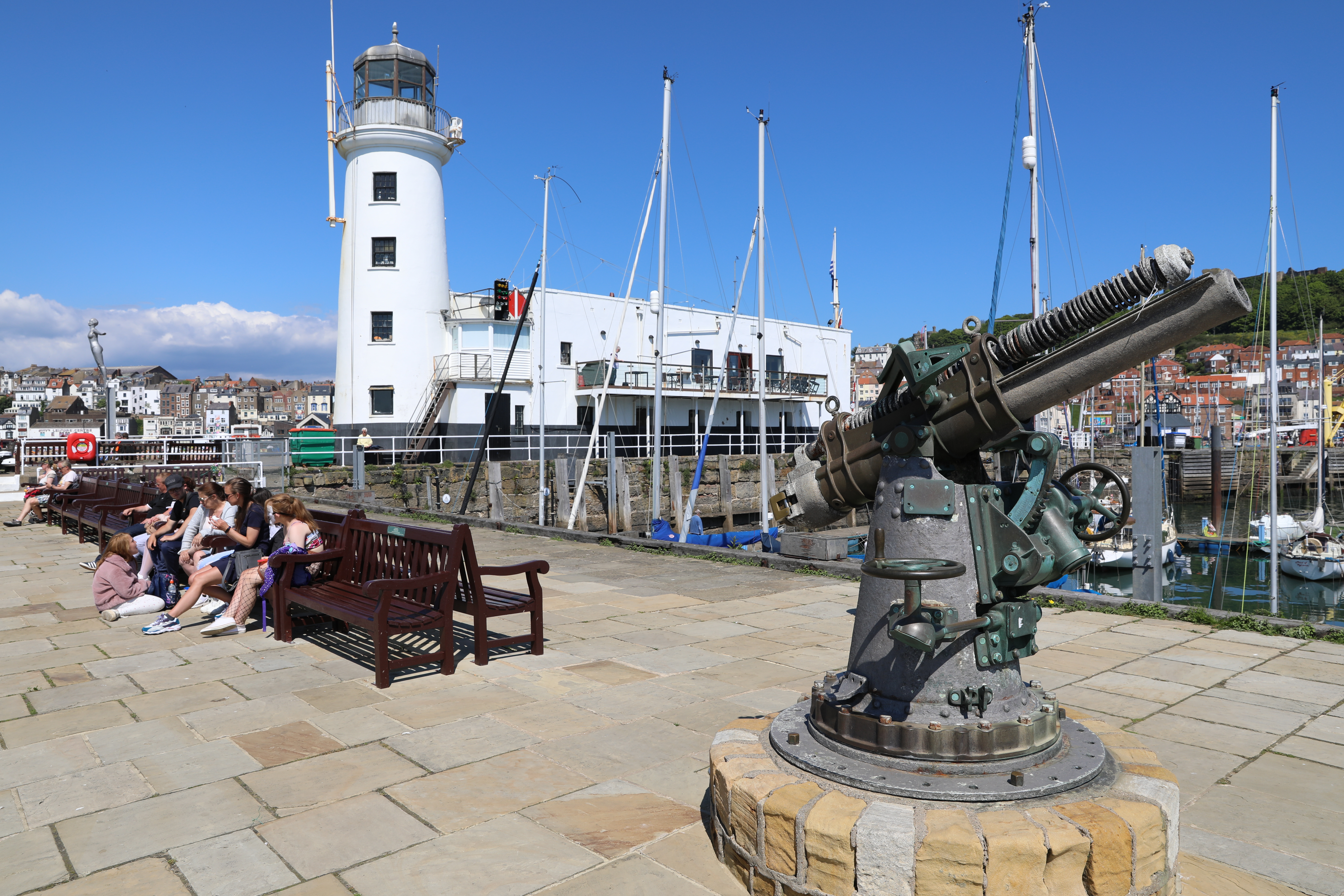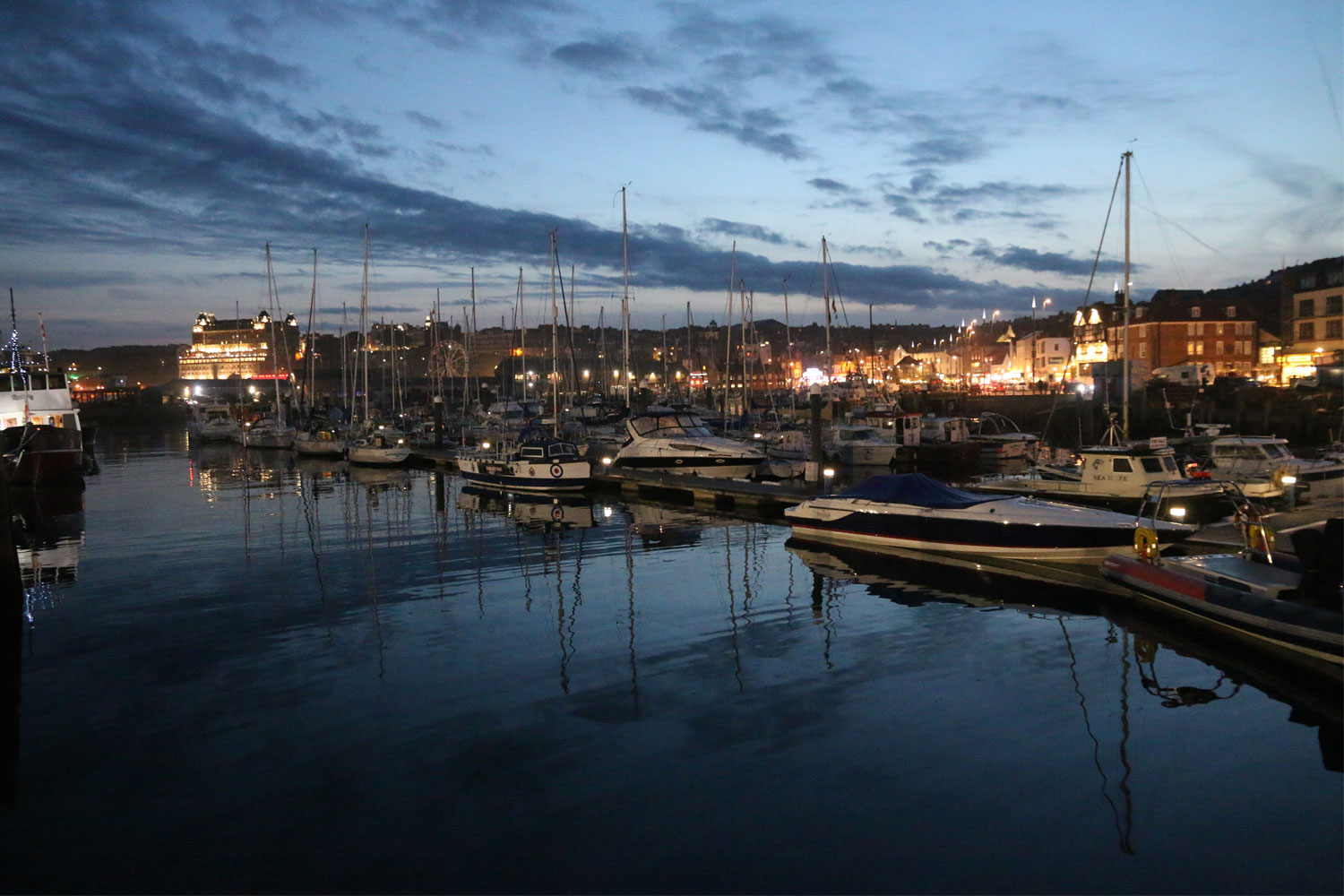The Harbour & The Pier
There has been a pier in Scarborough for many years, which was in a poor state of repair.
The pier, dates its origin from the time of Henry III (1207-1272), who made a grant of Forty oaks from his woods for the construction of a harbour at Scarborough.
In the 36th year of his reign, Henry III granted the bailiffs, burgesses, and inhabitants' specific duties to be taken on all merchants' ships and fishing vessels, ’to make an new port with timber and stone.’
This pier was an ancient structure and not suitable for the needs of the town.
There was a lighthouse at the end of the old pier which gave a signal by the day and light at night to denote the proper time for ships and boats to enter the harbour.
